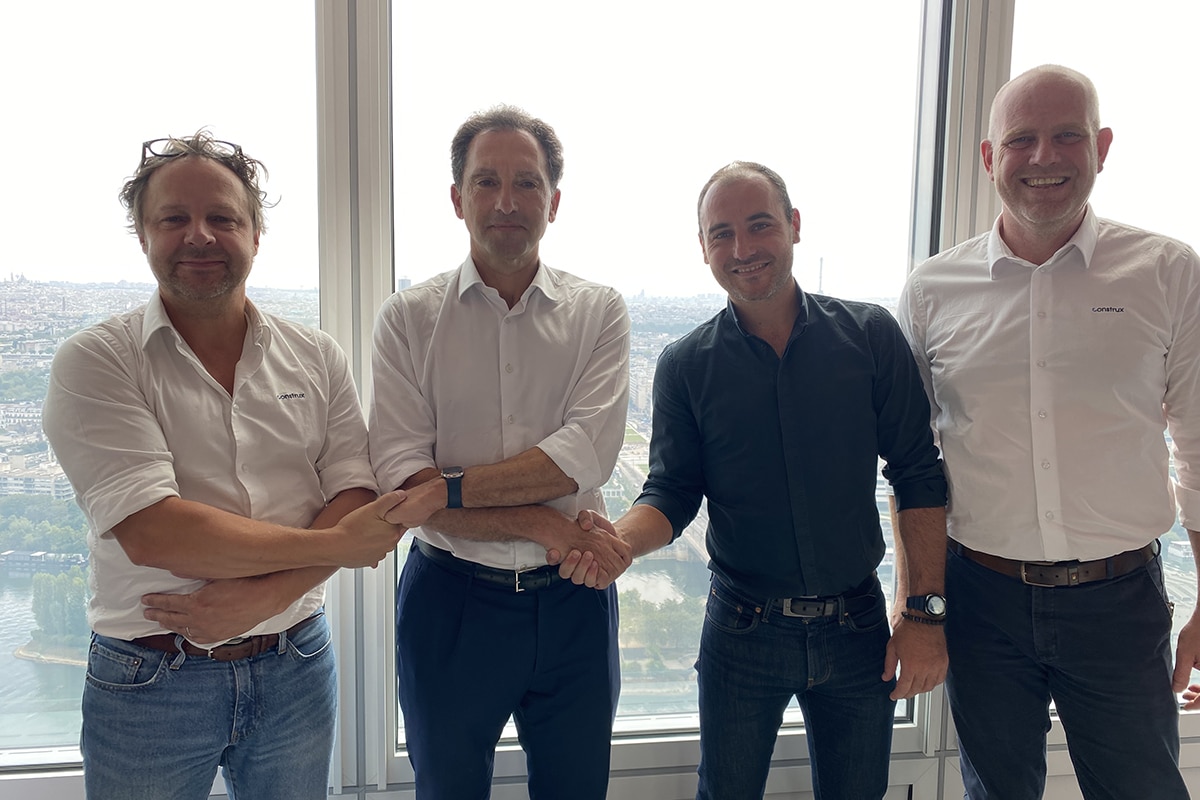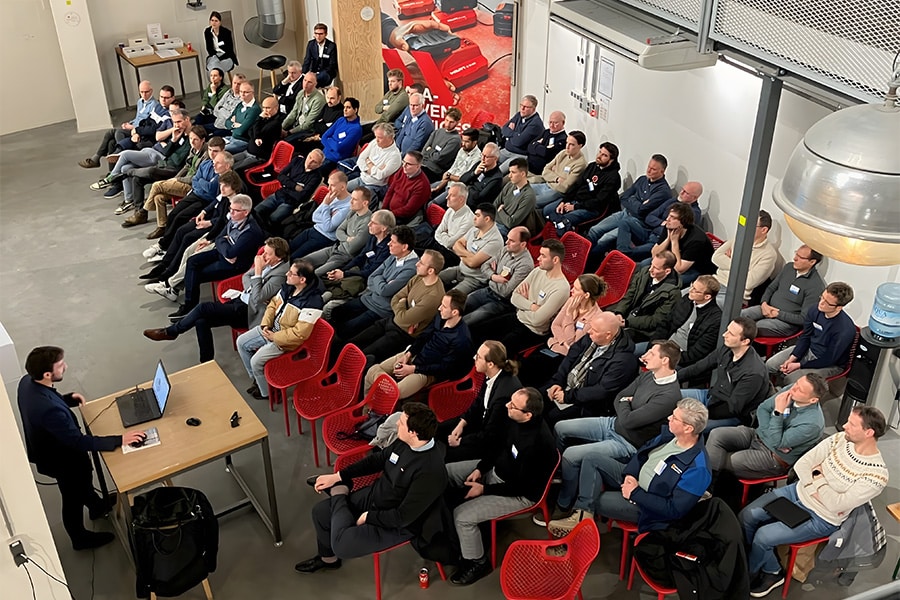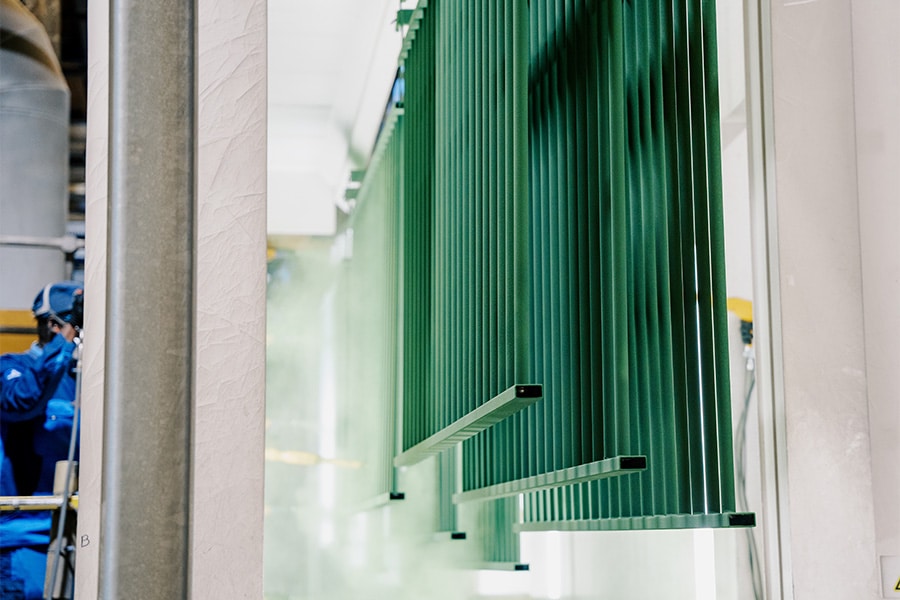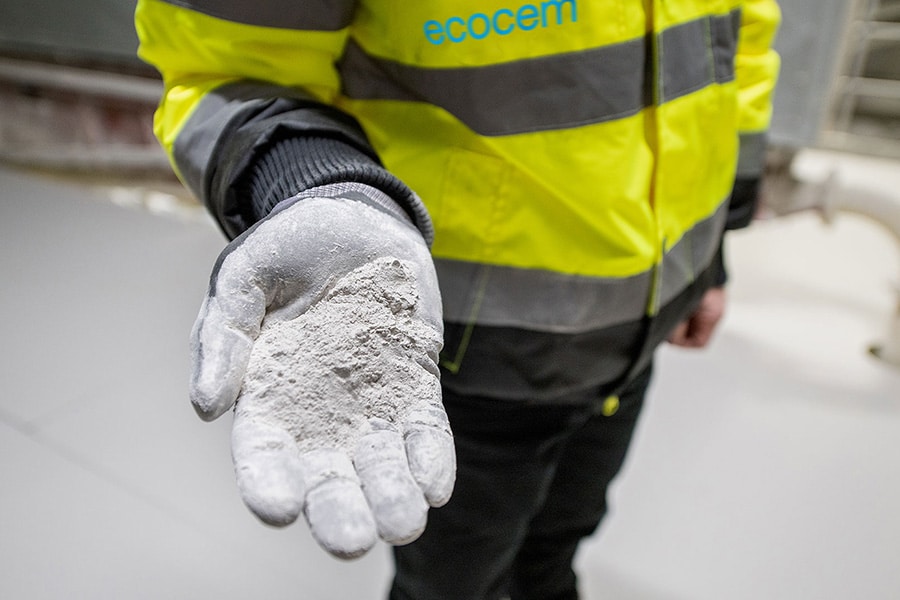
Largest property owner in the Netherlands bets on sustainability and circularity
The national government has a strong position in the real estate market. This position is important in achieving the government's objectives in the areas of work, housing, sustainability and circular economy. How is the State Real Estate Company fulfilling these objectives? We ask Raymond Knops, State Secretary of the Interior and Kingdom Relations, and in that capacity also responsible for the Government Real Estate Agency.
"As the largest real estate owner in the Netherlands, we can make a major contribution to meeting the sustainability goals in the coalition agreement," begins Raymond Knops. "For example, new buildings are currently being built almost energy-neutral. For existing buildings, we take measures at natural moments to make them more sustainable. For example, during renovations and major maintenance. In this way we not only keep a close eye on costs, but we also do it in a way that is easy for contractors to carry out and we do not throw away demolished building materials unnecessarily. In addition, we look at the environment of a building. Together with the province of South Holland and the municipality of The Hague, we are developing Energierijk Den Haag. A program through which we want to create a sustainable environment in part of the center of The Hague. We will not make a single building there more sustainable, but tackle an entire area in order to save on costs and green dozens of buildings together."
Platform CB'23
On January 18, 2018, the starting signal was given for the Platform CB'23, of which the State Property Agency is one of the initiators. We are now more than a year on. What are the first results? "CB'23 stands for Circular Building 2023," explains the state secretary. "It is a platform where together with Rijkswaterstaat, the Building Campus in Delft and the NEN we are taking the initiative to draw up national, construction sector-wide agreements on circular construction before 2023. As a first step, we have agreed what exactly we mean by circular construction, devised methods to measure circularity and developed standards that buildings must meet. The first proposals for these are now ready and are being discussed with the construction industry. With such high ambitions, it is important that government and market work together. That cooperation is the only way to build much more circularly."
European Medicines Agency
On Amsterdam's Zuidas, the National Property Company is currently constructing an office building with a conference center for the European Medicines Agency (EMA). A textbook example for new construction in the future? Raymond Knops: "I am proud that the Rijksvastgoedbedrijf is executing this project so well. It will be a beautiful building. Modern building technology, smart planning and guts make this new building state-of-the-art and ready for the future. If you look at the materials and sustainability, it completely meets today's requirements. It is an almost energy-neutral building. The facades are aluminum and consist of a large percentage of recycled materials. They can easily be taken apart and reused again. In the construction, steel was chosen. This is for speed, but also to save material and use less concrete. The concrete in the core of the building came about through a modern method of pouring. Using a sliding formwork, two shifts worked twenty-four hours a day in twelve-hour shifts. The core grew ten centimeters per hour, which is one floor per day."
Example
Even when it comes to renovation, sustainable and circular thinking is at the heart of the State Property Office. "We buy sustainably and use as little energy as possible," the State Secretary stressed. "For example, by using our real estate more efficiently and by improving the installations that provide the air climate in buildings. When renovating and redeveloping real estate, we use as many materials and raw materials as possible that were previously in another building or object. As a major property manager, we want to set an example by the way we deal with people, climate, economy and raw materials. Other property owners often look to the National Property Administration. We notice that by the reactions and the questions they ask us. If you look at the Government Offices, we are doing what can be expected based on applicable laws and regulations and the ambitions of the government. In some areas we need to catch up (such as defense buildings). We are working hard on that."
9 Petajoule
The area of government offices (excluding defense and prison locations) covers 2.4 million m² GFA and consists of 225 buildings. "In recent years, many buildings have already been made more sustainable," states Raymond Knops. "As a result, a large proportion of the offices have label A or better (20% of buildings, 38% of square meters). The average government office has label C. Together with other government and market parties and knowledge institutions, we are investigating how we can build and renovate even more circularly. Platform CB'23 is helping with this. The State Property Company also owns a lot of land. The windmills and solar panels there generate a lot of energy. In this way the State contributes to the sustainable energy goals of the Netherlands. Currently, 9PJ (Petajoule) per year is already being generated on government land, which is enough power for 700,000 households and almost three times as much as the central government itself consumes in energy. In the coming years we want to generate even more sustainable energy in cooperation with Rijkswaterstaat and the Ministry of Economic Affairs."



